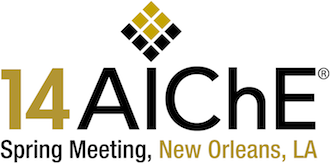

While facility siting studies have been a requirement for many years, specifically for facilities that must comply with OSHA’s PSM program, only recently has this requirement received a greater deal of scrutiny. Compliance typically has been interpreted as performing a building siting study which complies with the guidance given in API RP 752. Large facilities have conducted building siting studies for a generation, and most have focused on explosion overpressure impacts to occupied buildings, with more simplistic evaluations for fire and toxic gas impacts. Toxic gas impact analyses often only evaluate the potential exposure of a building location, to specific gas concentration, and do not evaluate the level of infiltration into the building where occupants may be impacted. Infiltration of flammable gases has largely been ignored in API RP 752 and most building siting studies. Despite this oversight, this hazard is one which should be addressed within the API RP 752 guidance. Through the use of dispersion modeling and infiltration analyses, the hazards associated with flammable or toxic gas infiltration can be incorporated into a building siting study. This paper outlines the process of conducting a building siting study to comply with API RP 752, with specific emphasis on the consequence analysis for infiltration analyses.
